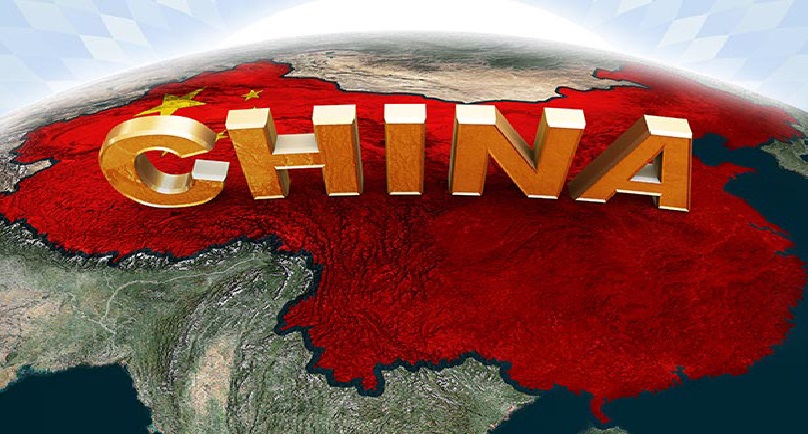China has provided financial assistance to the South Pacific region, worth more than a billion dollars in the last ten years, according to the first extensive study of China’s aid program in the region.
China hopes that as a major donor to the Pacific Island nations, a more positive impact can be projected.
The Lowy Institute’s assessment of Chinese aid has drawn on 500 sources, including budgets, tender documents and government statements, and is the first comprehensive survey of its kind.
The largest Chinese investment project (in the South Pacific) is the Ramu nickel mine in Papua New Guinea’s Madang Province.
China is poised to exceed Japan, as the region’s third largest donor; China has provided $1.4 billion in bilateral foreign aid to the South Pacific, since 2006. Australia remains the largest donor, providing almost $7 billion over the past decade.
It is currently the second largest trading partner of the Pacific Islands, and has diplomatic relations with eight countries, which include Papua New Guinea, Fiji, Samoa, Vanuatu, Federated States of Micronesia, Niue, the Cook Islands and Tonga.
Researchers say that an influx of Chinese companies and migrants has caused tensions with islander communities. Fishing, both legal and illegal, by Chinese boats is of particular concern, along with mining operations.
Philippa Brant, a Research Associate at the Lowy Institute, said Beijing will need to work hard to restore its reputation.
“China actually does have a bit of a challenge in the region in that along with a growing aid program there has been an increase in the number of Chinese companies investing, and with that the number of Chinese migrants moving to the region, and this has caused some resentment and some concern within Pacific island communities and that is actually becoming quite a challenge for the Chinese government to manage,” said Brant.
Source: voanews


